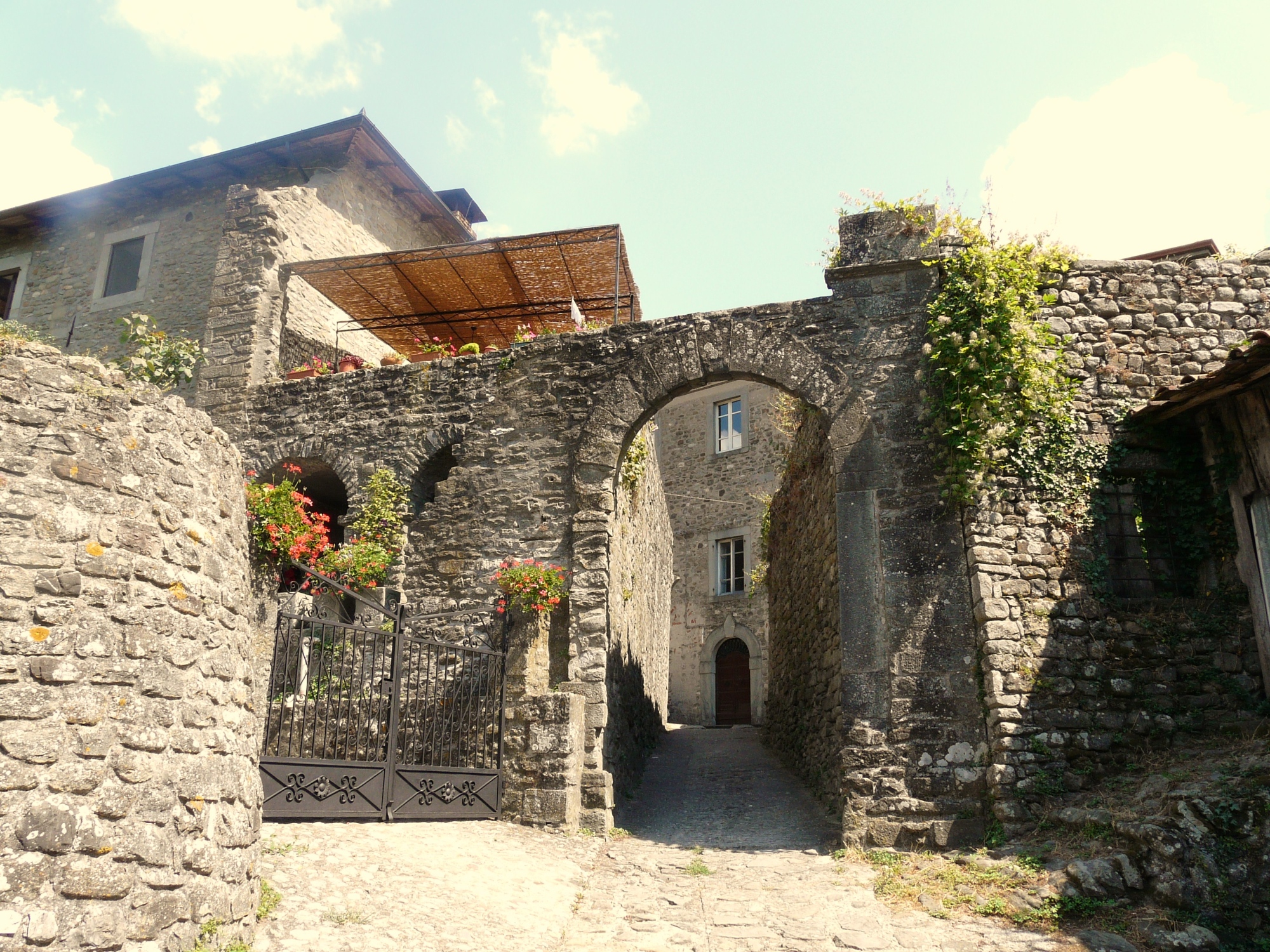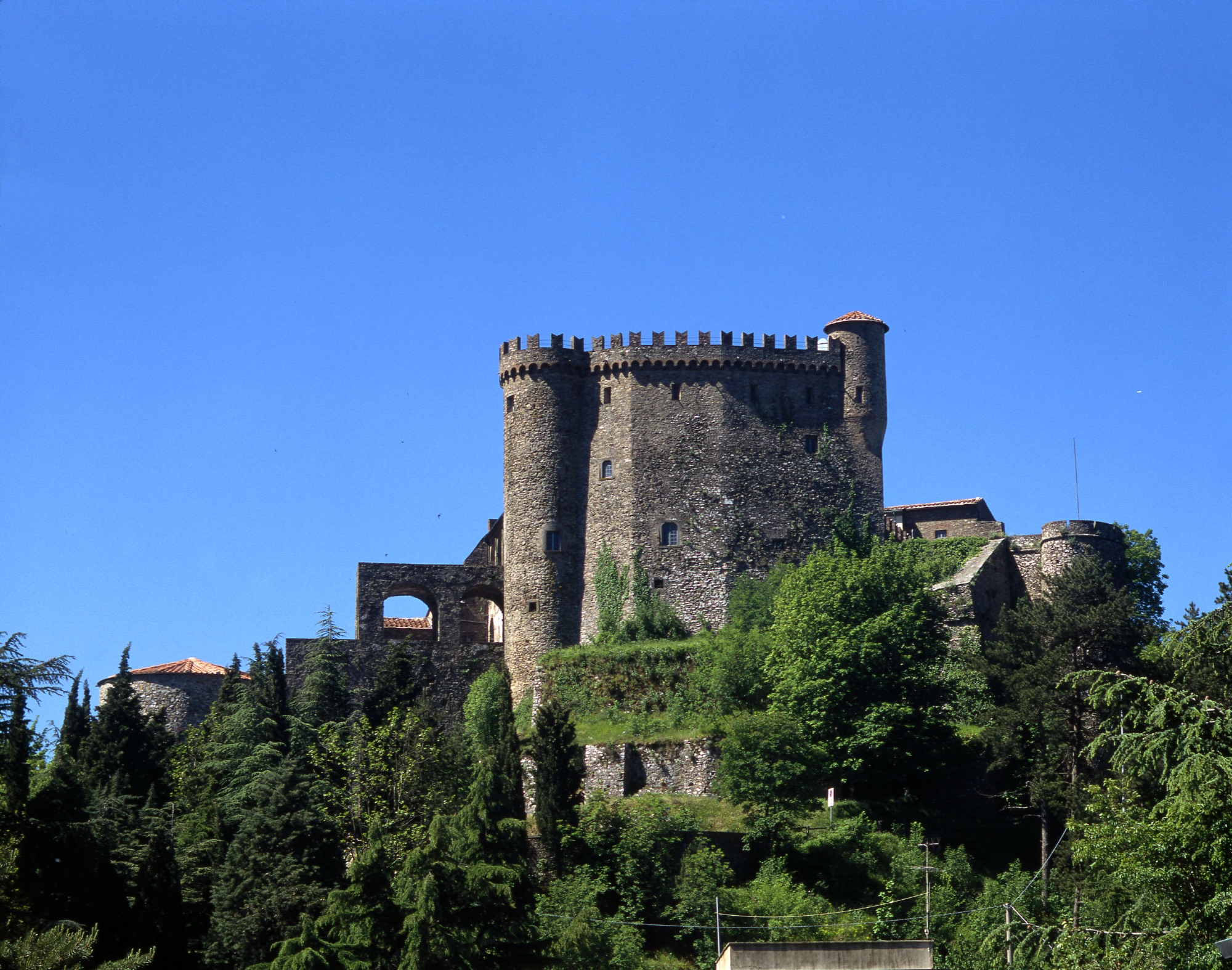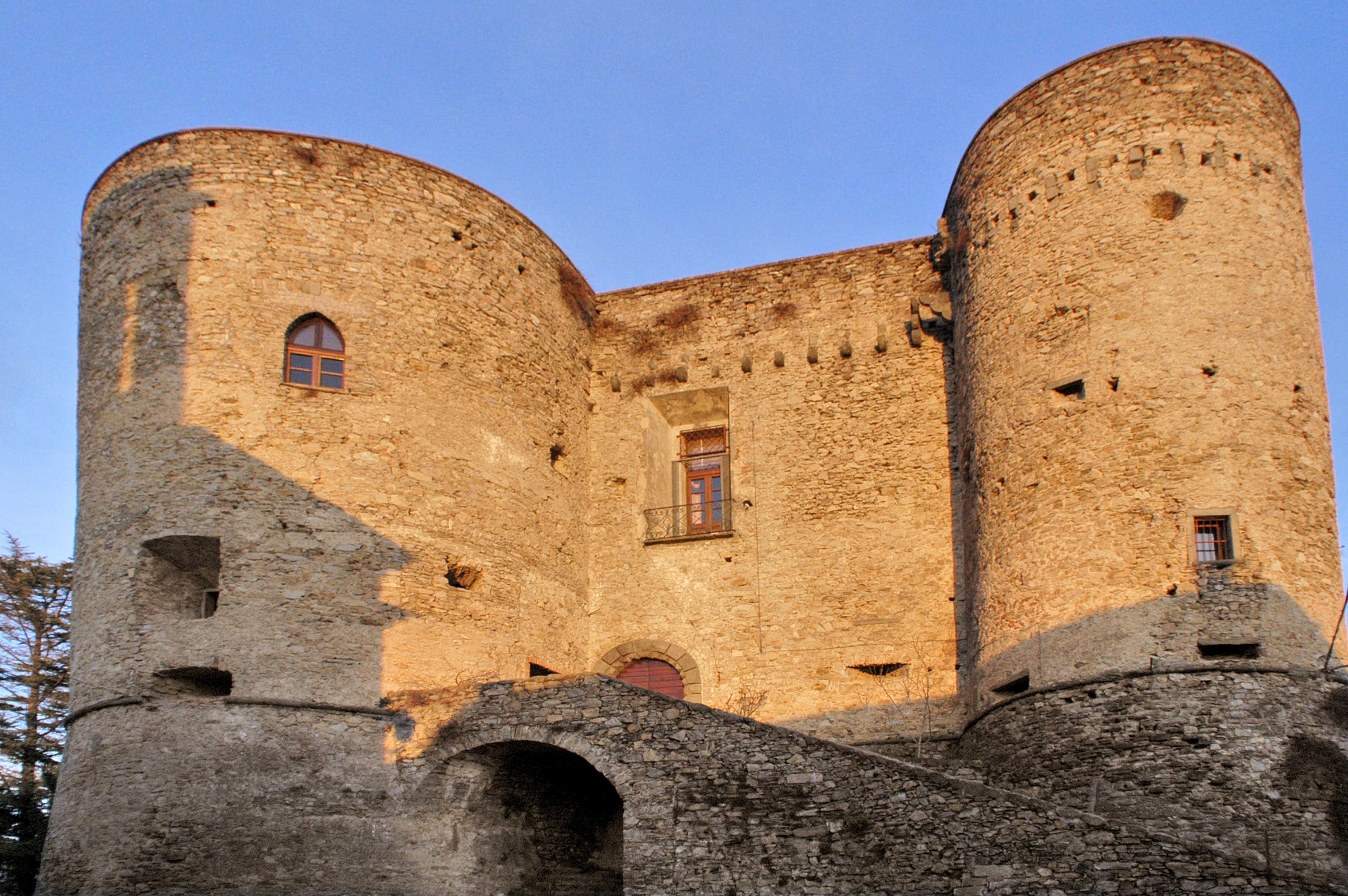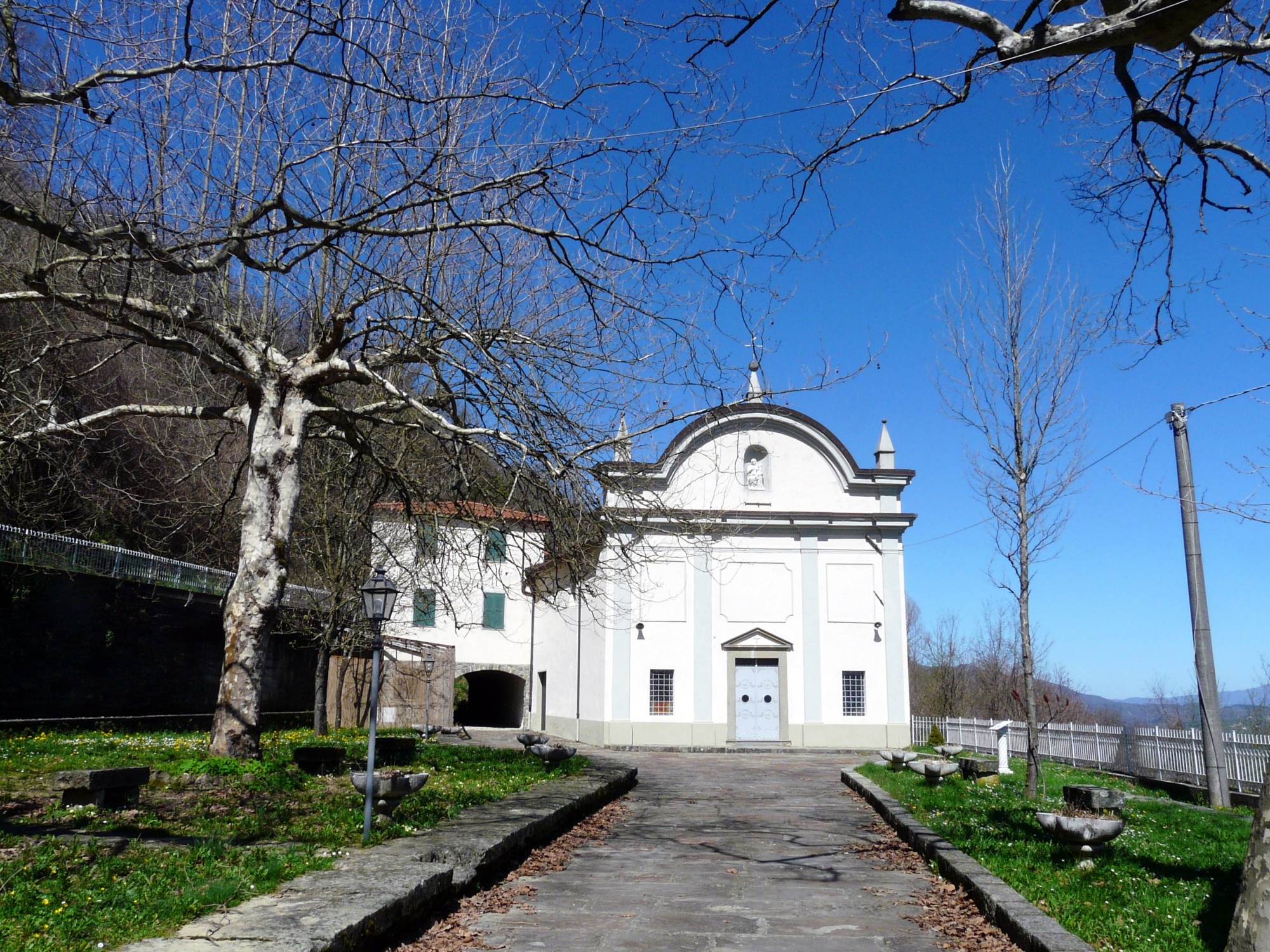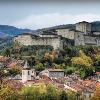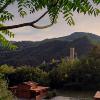Just outside the small village, still surrounded by its 17th-century walls, lies the famous Chestnut Forest: a centuries-old chestnut grove that surrounds the small oratory of San Genesio. This place, which Carlo Caselli calls the "Forest of Suicides", evoking Dante's memory in his account of the unknown Lunigiana, has always been considered sacred and the eleven Stele Statues found here, along with the two impressive Menhirs still standing here, bear witness to this.
The oratory still receives devotion from tourists and the people of Villafranca, have been holding a historic end-of-summer fair, dedicated to the saint, every year around August 25 since the seventeenth century. In ancient times, the fair was mainly focused on livestock: farm and barnyard animals were bought and sold here before the fall and winter, but it was also an occasion for celebration and... engagement! In fact, on the occasion of the San Genesio Fair, men in love would give girls little birds as a marriage vow.
Today, the fair takes place under the chestnut trees and along the side streets and is an opportunity to greet the summer with music, shopping and tastings of Lunigiana's food specialties.







